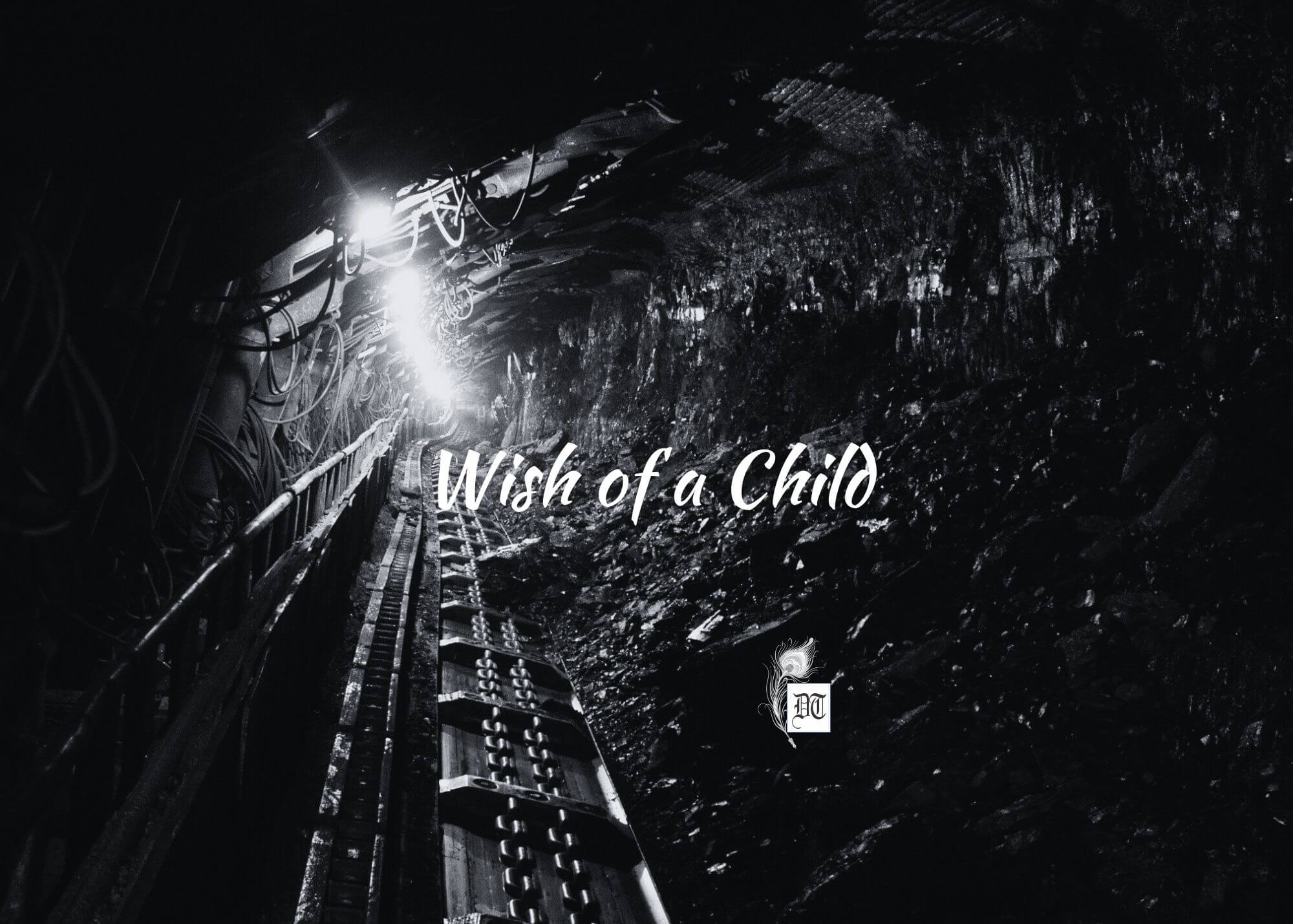A two-day workshop was organised by Indira Gandhi National Open University and United Nations Children’s Emergency Fund in New Delhi where a number of experts got together to discuss various issues around empowering children vis-à-vis media. A report by Navodita, exclusively for Different Truths.
A two-day workshop was organised by Indira Gandhi National Open University and United Nations Children’s Emergency Fund in New Delhi where a number of experts got together to discuss various issues around empowering children vis-à-vis media and its usage so that a curriculum may be developed as a self-learning material (SLM) for graduates and postgraduates.
The address by the guest of honour, Professor K.V. Nagaraj, Former Pro-Vice Chancellor, Assam Central University, Silchar, was enlightening as he quoted Sharad Joshi and appealed to the audience for the need to ‘Indianise’ the perspective on child rights and media
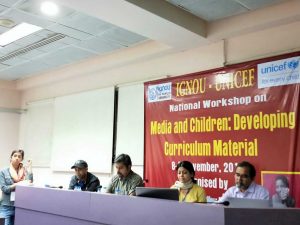 The address by the guest of honour, Professor K.V. Nagaraj, Former Pro-Vice Chancellor, Assam Central University, Silchar, was enlightening as he quoted Sharad Joshi and appealed to the audience for the need to ‘Indianise’ the perspective on child rights and media. He said that Mahatma Gandhi had also wanted the Indian education and curriculum to be Indianised to suit indigenous needs of students.
The address by the guest of honour, Professor K.V. Nagaraj, Former Pro-Vice Chancellor, Assam Central University, Silchar, was enlightening as he quoted Sharad Joshi and appealed to the audience for the need to ‘Indianise’ the perspective on child rights and media. He said that Mahatma Gandhi had also wanted the Indian education and curriculum to be Indianised to suit indigenous needs of students.
The forum opened with the discussion initiated by Sugata Roy of UNICEF around Convention on the Rights of the Child (CRC), which set a standard to be followed with regard to three main Ps- Protection, Provision and Participation. The main rights of the child that the Convention dwells on are related to survival, development, protection and participation including non-discrimination among children of diverse backgrounds (which may include children of different race, class, gender and culture). He also explained that Article 17 of the Convention lays emphasis upon children’s right to reliable information from media. With fake news and disinformation doing the rounds, it seems highly unlikely that an environment of trust is established with these children. There was also a brief mention of the Committee on Rights of the Child created at Oslo that mentions three main areas to work on:
- Improving media images and portrayals and representations of children
- Participation of children in mainstream and alternative media
- Protecting children from harmful influences in media
CRC was a follow-up on the previous work and declarations by the United Nations on child rights formulated in the form of Geneva Declaration in 1924 and Declaration on Rights of Child (DRC) in 1959.
CRC was a follow-up on the previous work and declarations by the United Nations on child rights formulated in the form of Geneva Declaration in 1924 and Declaration on Rights of Child (DRC) in 1959. Articles 42-54 of CRC highlight the role of a state in assisting in achieving child rights. There are provisions related to right-holders (parents, guardians and children) as also duty-bearers (state, government and parents) in the Convention. CRC and media thus talk about children as a marginalised section of the society and how to give voices to such sections.
Besides, Alka Gupta, Communication Specialist, UNICEF, put more focus to child rights saying that equal opportunities must be given to all children, pace of change has to be accelerated and political will and popular support must be garnered including budgetary allocations and discussions around digital safety and climate change. Professor Sisir Basu, Professor of Communication, Banaras Hindu University shared his views on how work with children was crucial for strengthening the future generation and opined that there is a need to make children freer instead of being ‘prescriptive’ and homogenising the issue. There was a dire need for looking into the ownership needs of children in communication. On the other hand, Professor J.S. Yadav, Former Director, Indian Institute of Mass Communication, New Delhi, informed the researchers that children are a vulnerable lot and the right context needs to be built around the issue of their rights. The new concerns he discussed particularly revolved around health, immunisation and primary healthcare.
Professor J.S. Yadav, Former Director, Indian Institute of Mass Communication, New Delhi, informed the researchers that children are a vulnerable lot and the right context needs to be built around the issue of their rights.
What followed was a discussion around CRC-based curriculum which again highlighted the role of children’s rights which is spread out in three Units. First Unit incorporates human rights and child rights and barriers to realization of child rights. Second Unit included major issues affecting children (child mortality, social exclusion, etc.), child labour and access to education, health (nutrition, water and sanitation, HIV AIDS), child abuse and violence against children, children affected by calamity, physical abuse of the child, cultural practices that affect children in a negative way, neglect of the girl child, child marriage and children with disability. Third Unit had more intense studies around child rights, media representations and professional journalism which emphasized effects of media on young people, portrayal of children in media, reporting of children, children’s parliament and child reporters.
Final presentations by various groups of experts had brainstorming sessions and creative inputs from those working with children. Media needs to stand up for children, by children and taking care of children’s needs. It mainly includes promoting media literacy among children, sensitizing and understanding the significance of socially responsible media along with:
- Creating a robust ethical ground for children on media practices
- Enabling exposure to rights and responsibilities of media
- Highlighting introduction of media technologies (online & offline)
- Introducing best practices of journalism in all formats
- Helping children create relevant citizen inputs to web platforms (MoJo, Mobile Radio, YouTube)
There was substantial focus on children as media producers and content creators as the first step towards realizing children’s needs:
- Encouraging more children YouTubers and video jockeys
- Engaging children content generators
- Looking at children and community radio
- Promoting children literature & children writers
- Monitoring child artists & media content
Media owned by children, run by children, child celebrities, social media activities by children, community media guidelines need to be created for children even on alternative media where researchers may look into informing children about who uploads, where does this media come from working on skill-building of children and training them about the basics of the knowledge about media technologies.
Media owned by children, run by children, child celebrities, social media activities 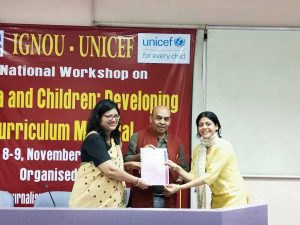 by children, community media guidelines need to be created for children even on alternative media where researchers may look into informing children about who uploads, where does this media come from working on skill-building of children and training them about the basics of the knowledge about media technologies. Research modules on children also need to emphasize case studies of children’s media, comprehensive reporting package (citizen inputs, blogs, basic reporting and editing) by children, what and how media works, provide a platform for children and then work on skills, understand the needs of children by conducting surveys and focus-group discussions, looking deeper into mainstream media- programmes and contributions for children, alternative media for children (rag pickers, etc.). Media researchers realized that children should discuss issues in their environment, network among their various groups, build consensus around issues in the environment (socio-cultural and economic) and ethics as well so a bottom-up approach is encouraged. Children should be motivated to take up walks, campaigns so their involvement may be more proactive in the environment they live.
by children, community media guidelines need to be created for children even on alternative media where researchers may look into informing children about who uploads, where does this media come from working on skill-building of children and training them about the basics of the knowledge about media technologies. Research modules on children also need to emphasize case studies of children’s media, comprehensive reporting package (citizen inputs, blogs, basic reporting and editing) by children, what and how media works, provide a platform for children and then work on skills, understand the needs of children by conducting surveys and focus-group discussions, looking deeper into mainstream media- programmes and contributions for children, alternative media for children (rag pickers, etc.). Media researchers realized that children should discuss issues in their environment, network among their various groups, build consensus around issues in the environment (socio-cultural and economic) and ethics as well so a bottom-up approach is encouraged. Children should be motivated to take up walks, campaigns so their involvement may be more proactive in the environment they live.
Among lot more tools and methods to equip children with hands-on strategies, the following were discussed:
- Software for children usage
- Budget allocation for such work
- Mainstream media institutions and production houses should allow children to participate
Sonia Sarkar, Communication Specialist, UNICEF, concluded the discussions and laid emphasis on how there must be practices to remove stereotypes created by media on children; online videos educating people about these must be tapped into as children also have the right to be heard and taken seriously, at par with adults.
In this regard Sonia Sarkar, Communication Specialist, UNICEF, concluded the discussions and laid emphasis on how there must be practices to remove stereotypes created by media on children; online videos educating people about these must be tapped into as children also have the right to be heard and taken seriously, at par with adults. There was also a discussion around how media as a pressure-group can be worked on so children’s needs and children focus maybe highlighted. There is a need to create space for children among the adult community; need to explore the possibility of other platforms to upload our content; and a need to campaign for children. This should be taken up more seriously in the years to come. ‘Adult gaze’ is often being talked about as children are slowly becoming more participatory in creating the society around them.
Photos sourced by the author

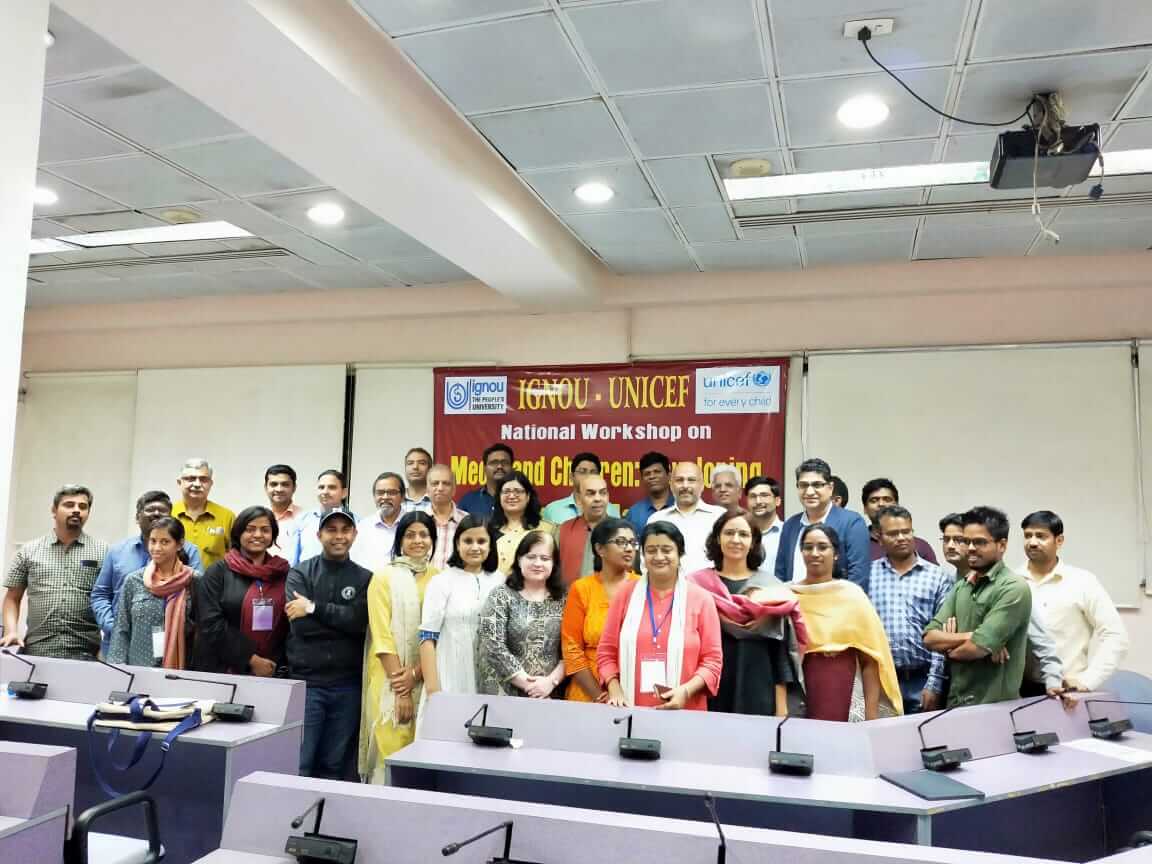




 By
By
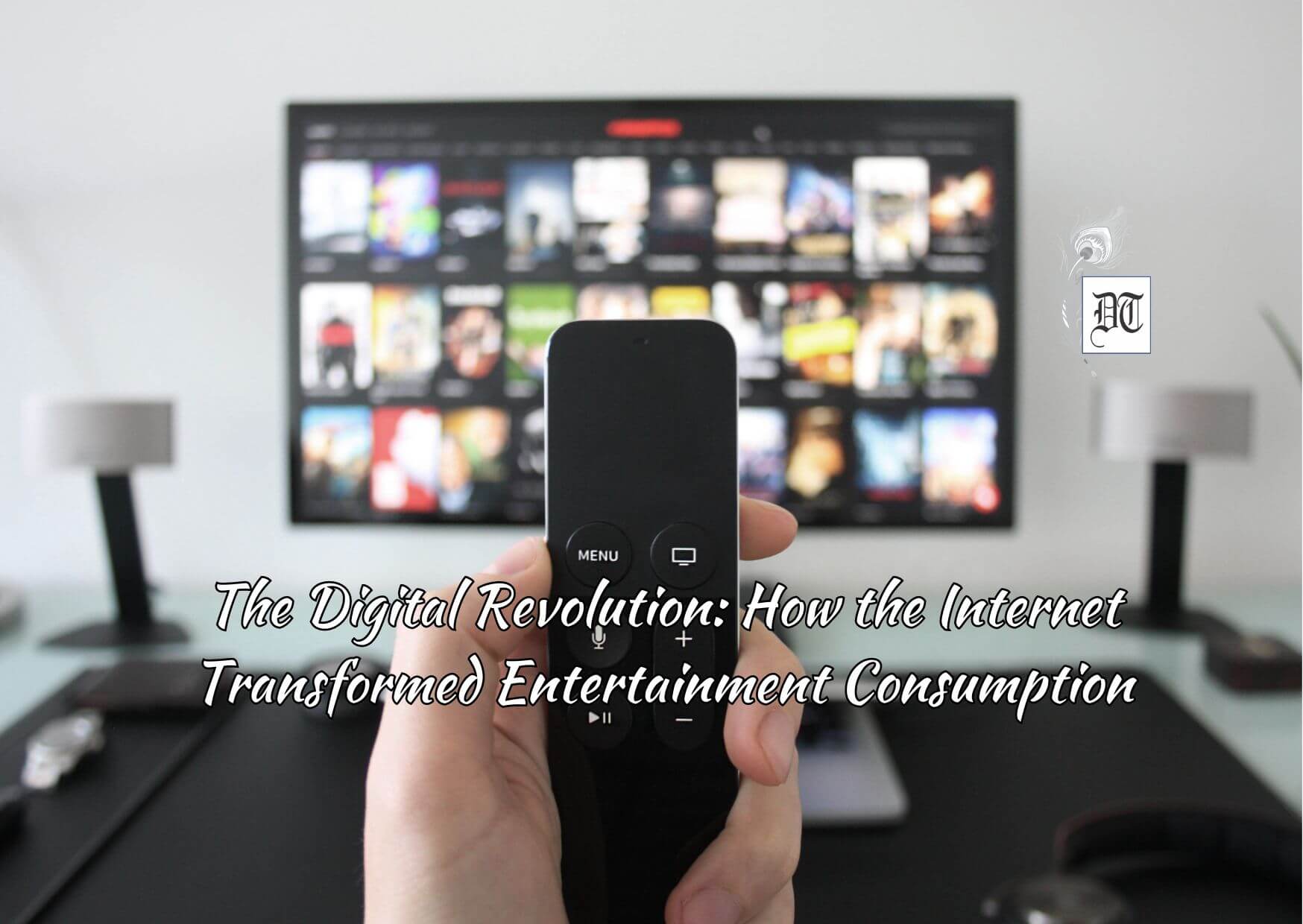
 By
By